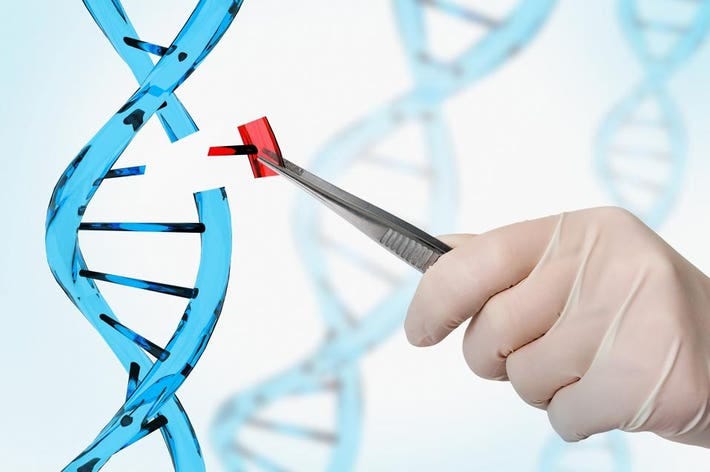Gene-Editing: How Does It Work?
Written by Ivory Chen
Genome editing utilizes a technique called in vitro treatment. In vitro treatments involve editing the genes outside of a patient’s body, most commonly in a lab. In recent years, the RNP (ribonucleoprotein) known as CRISPR-Cas9 has risen to fame. In comparison to other gene-editing tools like ZPN, CRISPR is faster, more precise and overall more effective.
For diseases such as Sickle Cell disease, the process goes something like this:
Stem cells are extracted from the patient’s body and sent to a lab to be worked on.
The CRISPR-Cas9 system is sent into the patient’s cells to be edited. Within the cell, the CRISPR-Cas9 utilizes the gRNA to identify the area of the patient’s DNA containing the mutation.
After identifying the mutation, the CRISPR system creates a double-strand controlled break, meaning that both strands in the double-helix structure of the DNA are broken.
Once broken, the cell naturally undergoes a form of reparation known as NHEJ, or non-homologous end joining. During this process, the cell repairs the DNA back to its “healthy state”.
The reason gene-editing treatments are so effective is because the underlying causes of the diseases it aims to treat are genetic mutations. Mutations can occur from environmental factors, or be genetically passed down from parents. Mutations in the DNA cause common diseases such as beta-thalassemia, sickle cell disease, and cystic fibrosis.
In cases like sickle cell disease, patients are required to undergo radiation treatment or chemotherapy at the same time as their stem cells are being edited in order to rid their body of the harmful cells. Once ready, the edited cells are re-introduced into the patient’s body, and after a period of time, the healthy cell count is expected to have grown.
With this being said, gene-editing also has potential risks. With the NHEJ repair system, the edited cells have potential to develop cancer, in the scenario that the cell repairs incorrectly. Furthermore, off-target cuts are prone to happening. Since the gRNA (guiding RNA) may match to an area outside of the mutated region, off-target cuts could lead to more mutations. All in all, gene editing is both an effective and risky option to consider
References:
“Gene Editing – Digital Media Kit.” National Institutes of Health, U.S. Department of Health and Human Services, 5 Nov. 2020, www.nih.gov/news-events/gene-editing-digital-press-kit.
Written by Ivory Chen from MEDILOQUY


